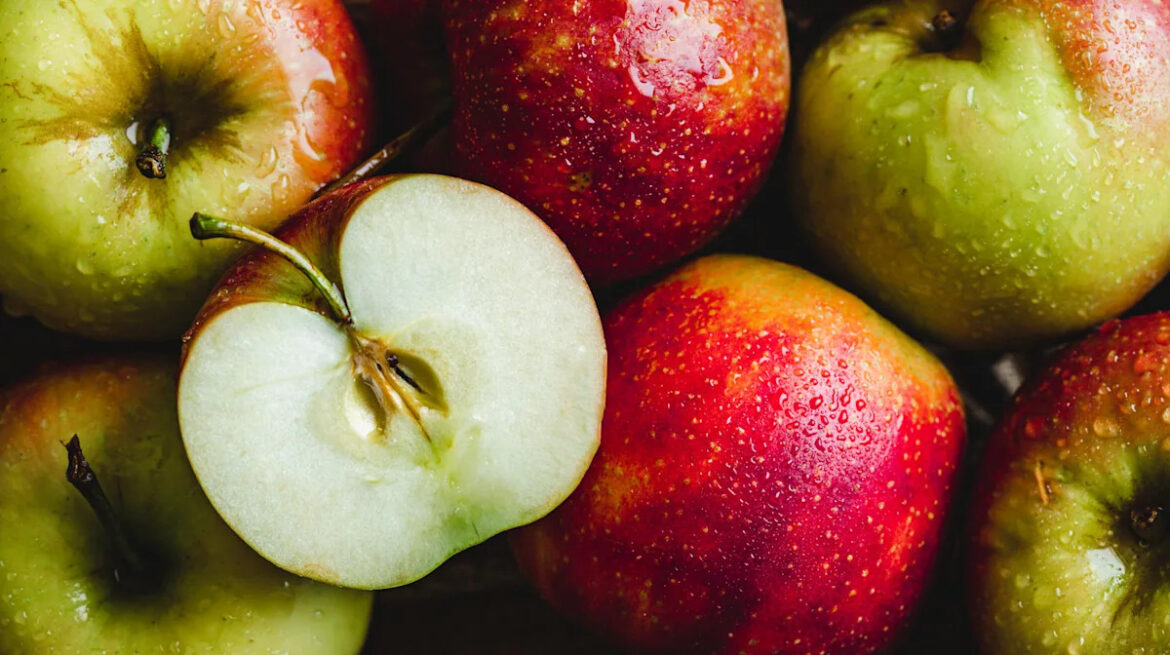If you open the fridge and see an apple with a brown bruise on the side, do you eat it or throw it out? Some of us will cut off the bruise and eat the rest, but evidence shows that a lot of bruised apples are tossed out. According to the Food and Agricultural Organization of the United Nations, about 45% of all fruits and vegetables are wasted. That’s 3.7 trillion apples. The creators of Arctic apples saw that as a major problem they needed to fix as they attempted to design an apple that wouldn’t turn brown, allowing it to stay fresher longer.
The United States Department of Agriculture approved Arctic apples back in 2015. They are genetically modified to stop producing the enzyme polyphenol oxidase, which is what starts the browning process in apples when they are damaged. In simple terms, the gene responsible for that enzyme is dialed down, making the apple unable to produce enough of the enzyme to trigger browning, so its flesh retains color, texture, and taste longer. You can slice one, put it in a bag, and then eat it later as though it were freshly cut.
People have many unfounded fears when it comes to genetically modified foods, but nothing has been added to Arctic apples. There are no genes from other plants or strange proteins; the modification simply suppressed a gene already present in the apple. The result is an aesthetically pleasing fruit with a longer shelf life.
Read more: 15 Store-Bought Orange Juices, Ranked Worst To Best
Are Arctic apples safe?
A bowl of Granny Smith apple chunks – Marccophoto/Getty Images
There are lots of myths about GMO foods. The World Health Organization reports that no adverse health effects have been observed from consuming genetically modified foods, however. These products undergo rigorous safety testing by government-appointed scientists in most countries they are sold. The USDA, EPA, and FDA have all approved GMO foods available in the United States.
Those leery of Arctic apples have pointed out that you can use the traditional trick of covering sliced apples with lemon juice to prevent oxidation or other clever storage hacks to prevent browing. That is definitely something you can do, but you may not be able to do so consistently, and if an apple is bruised in transit it is too late to fix it. That apple will likely be thrown in the garbage. Of course there are ways to avoid this with traditional apples, but the purpose of the Arctic apple is to prevent waste.
Arctic apples can stay fresh for up to a month. They stay fresh 33% longer than other pre-sliced apples. It is important to note that Arctic is the brand name, not a type of apple. Arctic produces Granny Smith, Fuji, and Golden apples that resist browning. If you already like the taste of those apples but wish they could last longer, Arctic apples may just be the thing you’re looking for.
Want more food knowledge? Sign up to our free newsletter where we’re helping thousands of foodies, like you, become culinary masters, one email at a time. You can also add us as a preferred search source on Google.
Read the original article on Tasting Table.


Dining and Cooking